#folk customs
Text
Expectation vs. Reality for Poshuijie, a major holiday celebrated in Xishuangbanna Dai Autonomous Prefecture in Yunnan province, as well as in general by the Dai, Achang, Bulang, Wa, and De'ang Chinese people.
Poshuijie ("Water splashing festival") is also known as Songkran in Thailand and is celebrated in the month of April.
English added by me :)
2K notes
·
View notes
Text

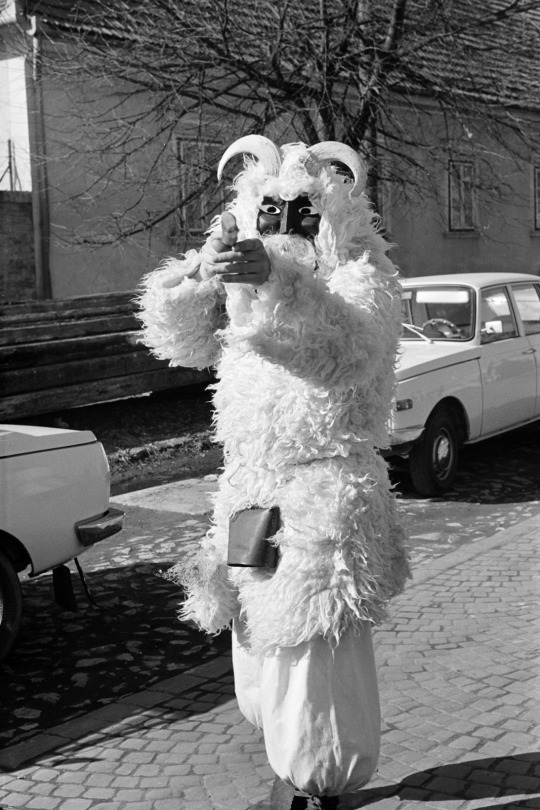

Busó festivities in Mohács, 1975. From the Budapest municipal photography company archive.
300 notes
·
View notes
Text

This Romanian sweet bread derives its name from the Latin word for Easter. With its round shape, golden crust, and yellow center, Pască is said to resemble the Sun and symbolize the rebirth of nature in springtime. It is baked only for Easter and usually on Saturday of the Holy Week.
The bread is prepared with yeasted dough that is usually flavored with vanilla and citrus juice and holds a delectable filling made with a combination of fresh urdă whey cheese, eggs, sour cream, sugar, and raisins.
According to Christian tradition, freshly-baked pască (on Saturday) should be taken to church on Easter Sunday for the custom of blessing food in hopes of future abundance and prosperity.
#romania#rural romania#traditionalism#easter#holy saturday#pască#tradition#traditional easter#customs#symbols#folk culture#folk customs#christianity#faith#eastern orthodox#churches of romania#orthodox christianity#photos from pinterest#eastern europe
135 notes
·
View notes
Text
Ukrainian Amulet Doll Motanka
An ancient part of our folk culture.
Made with a cross instead of a face because the spirit of an evil creature can fly through the eyes. Is a sacred object, symbolizing kindness and hope for a better future.She shouldn't resemble an existing person and have a name
Ukrainians makes it for protection house, people they loved, newborn, soldiers.



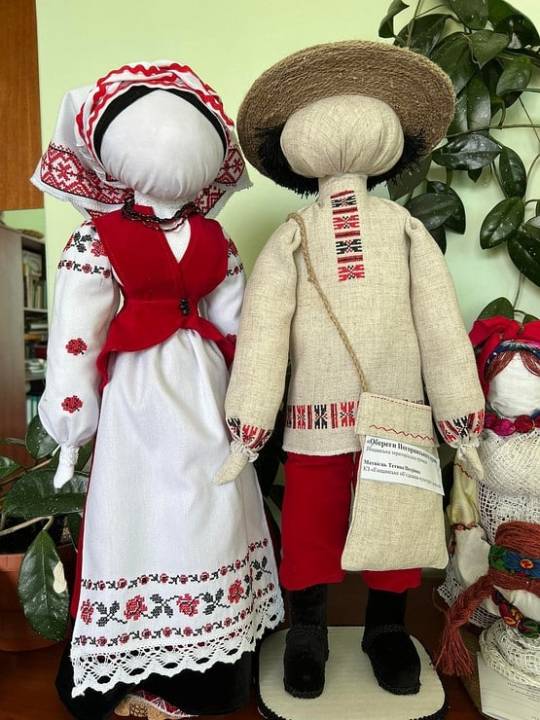
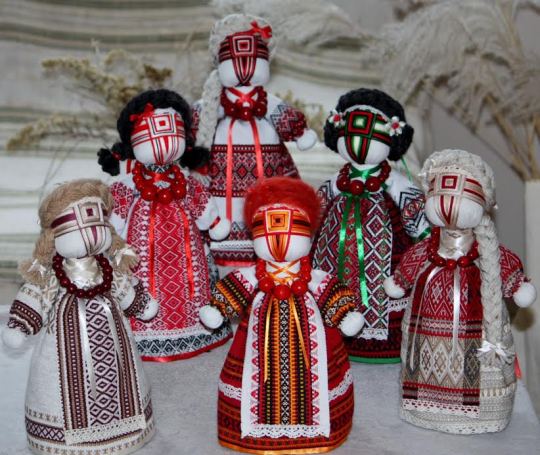
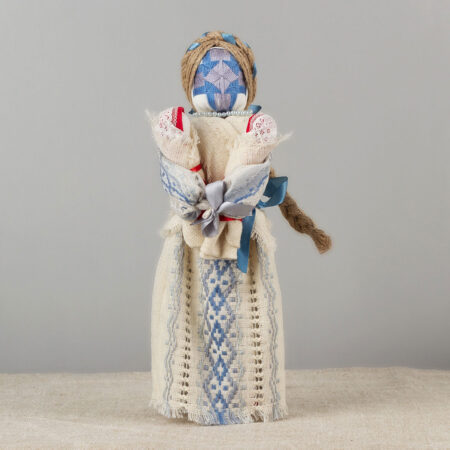
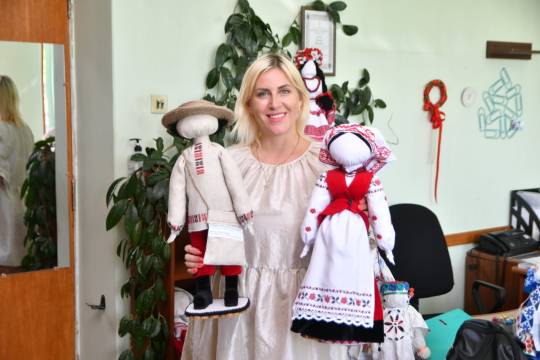
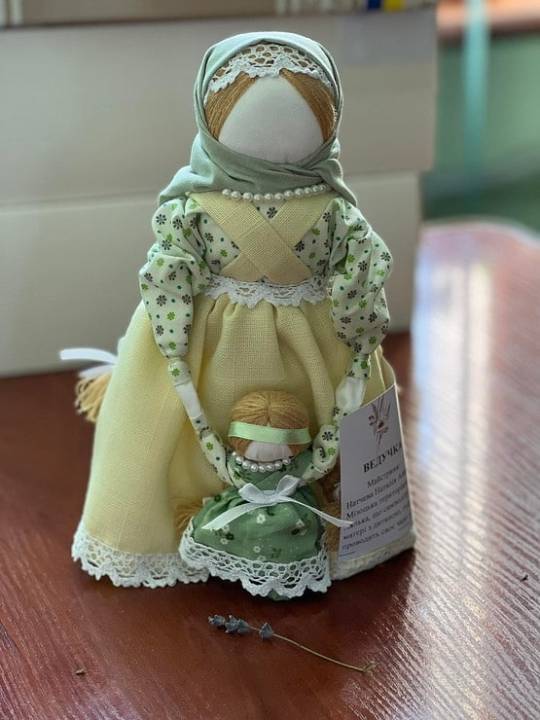
#motanka#magic doll#ukrainians#ukraine#folk art#folk culture of ukraine#ukrainian folk#magic in ukraine#ancient culture#ancient culture of ukraine#old beliefs in ukraine#mithology#ukrainian mythology#myth and legend#pagans#pagansim#stand with ukraine#ukrainian culture#pray for ukraine#folk customs#folk culture#folk customs of ukraine#ukrainians on tumblr#slava ukraini
219 notes
·
View notes
Text




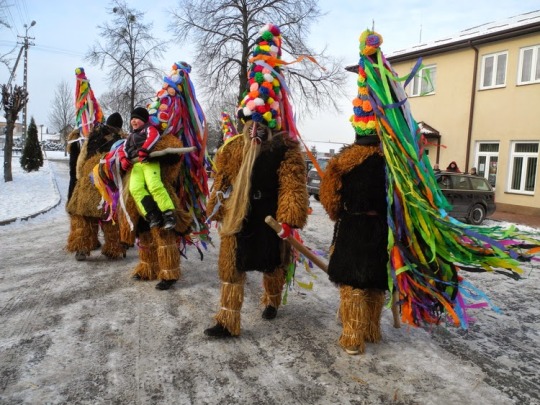
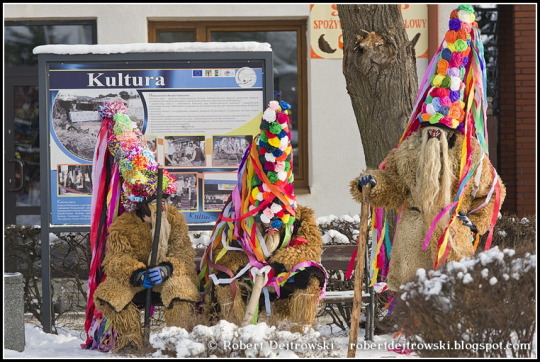
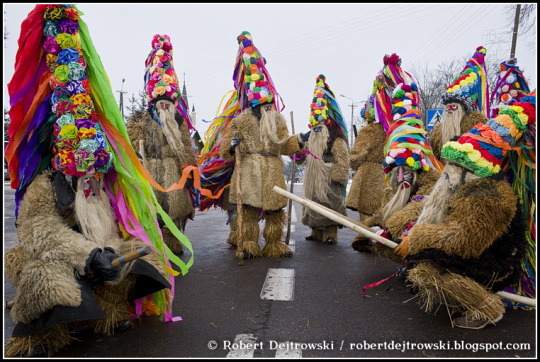

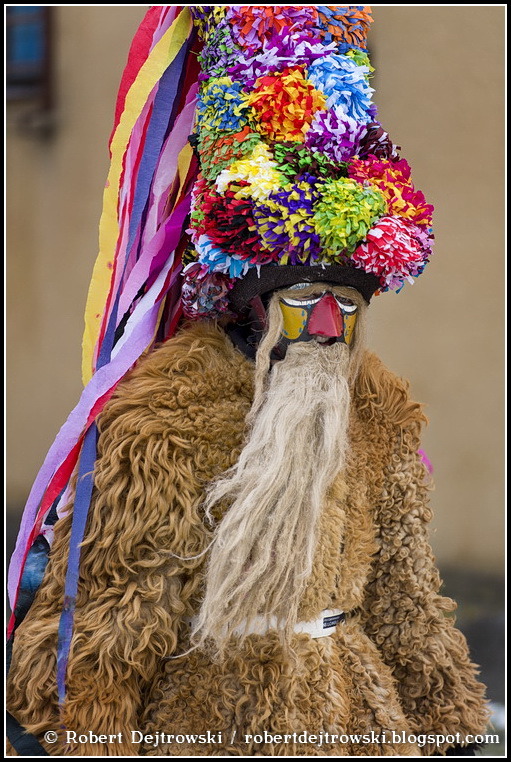

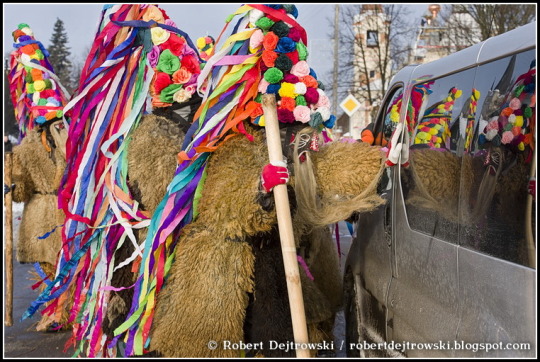


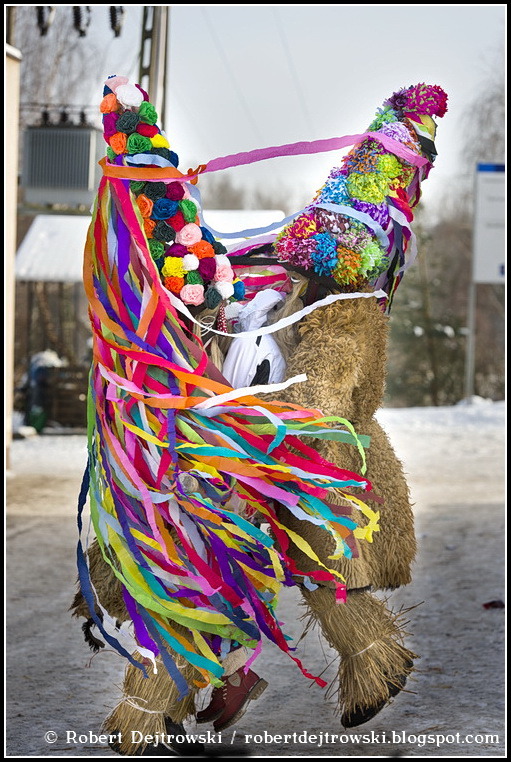

brodacze (bearded ones) from Sławatycze
#masks#slavic folklore#poland#caroling#folklore#carolers#christmas traditions#christmas#folk tradition#koledari#folk customs#eastern europe#new year#ethnography#christmas customs#my upl
18 notes
·
View notes
Text

My take on the May Queen crown and Beltane symbolism.
#beltane#beltane blessings#british folklore#folklore#illustration#folk horror#folk lore#folk traditions#folk customs#may day#may queen#artists on tumblr#occulltism#paganart#pagan#witchy#english custom#midsommar#folk horror art#spooky#weird
40 notes
·
View notes
Text


Would you let her in?
Mari Lwyd shirt by Miss PJ Superior
#mari lwyd#witch memes#weird art#spooky season#goth christmas#welsh seduction machine#folk magic#old ways#pagan things#folklore#folk customs#metalhead
10 notes
·
View notes
Text
A Spring Festival folk custom local to Chaoshan (Chaozhou and Shantou, Guangdong province) called 盐灶拖神/Yanzao tuoshen ("Yanzao (a village in Yanhong town, Chenghai district, Shantou city) God dragging").
This local custom falls under the greater folk custom of 游神/youshen ("walking the gods"). For youshen customs, and more specifically in Yanzao tuoshen, there is a "god walking team" responsible for carrying the palanquin upon which the god Ying Laoye (营老爷) sits. Ying Laoye is a protector deity local to Chaoshan. The custom of god-walking is not only related to prosperity but also is meant to strengthen the ties of the clans in the villages, and remind the people of their bond; Yanzao is what is known as a "natural village" (自然村落), a village that has been formed naturally after a long period of settlement by villagers whose main occupation is agriculture/farming. The village forms its own customs with family at the center of many of them, as many of the villagers are related. For example, Yanzao has about 20k people divided into four districts; among those numbers, there are about 10k surnamed Lin, 5k surnamed Chen, and 1k surnamed Li and Zhou.
When it comes to Yanzao tuoshen, the god walking team is tasked with safely carrying the god through the village. In the above video, the team is all wearing white. They will often wield incense that they use to hit outsiders with. In other tuoshen processions, the god walking team may be shirtless, their bodies covered in oil to make it difficult for outsiders to grab them and pull them out of the way. The goal of the outsiders is to find a way to get to the palanquin. If the outsiders are able to get onto the palanquin and maintain the position for a length of time, it will bring them good luck. However, surrounding people will usually very quickly pull them down again. If the palanquin is taken over by outsiders, then a "god saving team" will be dispatched to take back the palanquin and continue carrying it through the village.
Usually by the end of the procession, the god is dragged down from the palanquin and is broken apart and sunk into a body of water. On a later auspicious date, the god will then be fished back up, repaired, and returned to the temple for worship. This is meant to bring luck to the villagers.
One folk legend regarding this custom tells that there was once a very poor villager whose turn it was to worship the god, a custom which required him to treat the other villagers to a banquet. However, the poor villager was really too poor, and had no way of supporting others, so he secretly took the god's statue and dragged it to the seaside, burying it there and then running off in the night to Nanyang. Unexpectedly, that year, the village saw bountiful harvest and the poor villager also struck great fortune in Nanyang, leading the villagers to wonder if perhaps the god enjoyed being carried away. This is said to have lead to the tradition of dragging the gods.
Sources (Chinese):
盐灶拖神偶
澄海盐灶拖神习俗的文化解读
自然村落
731 notes
·
View notes
Photo

Busójárás parade, Mohács, 1969. From the Budapest Municipal Photography Company archive.
432 notes
·
View notes
Text
youtube
#paganism#pagan#folk horror#wicker man#witchcraft#earl of rone#combe martin#devon#exmoor#folk customs#british folklore#anglo-saxon#old english#celtic#Youtube
12 notes
·
View notes
Text

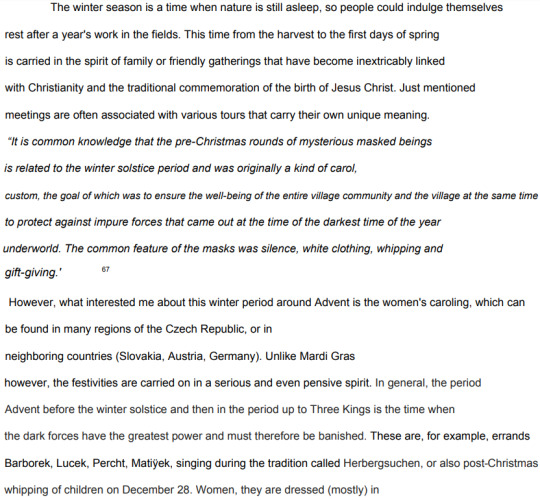

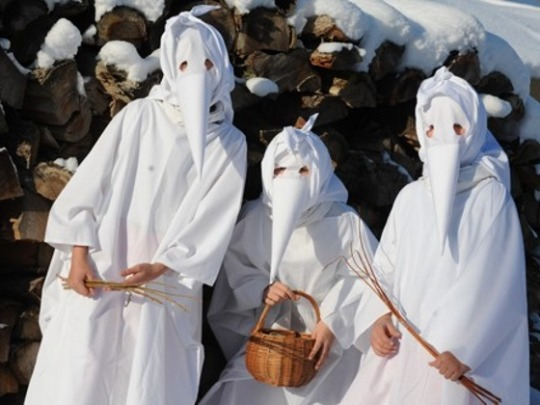
Excerpted from Traditions and Folk Customs in Znojmo by Adéla Vajdíková, as run through google translate.
Picture Number 1: Mikulášova matička (St. Nicholas’ Mother) on the Feast of the Immaculate Conception)
Picture Number 2: St. Lucys on St. Lucy’s Day
___________
Znojmo is the district in Moravia in modern day Czechia that my great-grandparent’s village is located in.
39 notes
·
View notes
Text

Drob de miel - another traditional Easter dish in Romania, it is served as a main course accompanied by various side dishes, or as a simple appetizer.
Although the ingredients and the methods of preparation may vary, drob de miel usually consists of a mixture of ground lamb offal, bread dipped in milk, chopped herbs, hard-boiled eggs, and vegetables, wrapped in lamb caul fat. The meatloaf is baked in the oven and can also be prepared with pastry sheets instead of lamb caul fat, a dish known as drob de miel în aluat. Due to its similarity to the Scottish haggis, this dish is often called Romanian lamb haggis.
#romania#easter#traditional easter#traditionalism#rural romania#eastern orthodox#eastern europe#folk culture#folk customs#traditional food#lamb#romanian#haggis
19 notes
·
View notes
Text
youtube
#video#religion for breakfast#religion#christmas#folk customs#finally some good fucking scholarship#another christian holiday on the horizon#another ''this holiday is just paganism reskinned'' debunking#yes believe it or not paganism never had a monopoly on plant life nor on the use thereof#Youtube
3 notes
·
View notes
Text
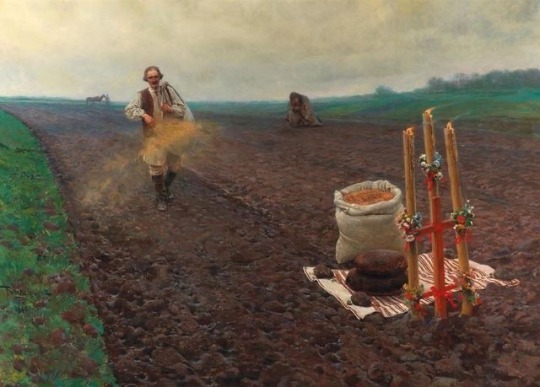
First Sowing, Piotr Stachiewicz (oil on canvas, 1896)
#dworek#polish manor house#poland aesthetic#cottagecore#styl polski#polish art#pan tadeusz#folk customs#spring#piotr stachiewicz
6 notes
·
View notes
Text

The Hobby Horse. Instant Print Art. https://jschulerart.etsy.com/listing/1469570187
1 note
·
View note